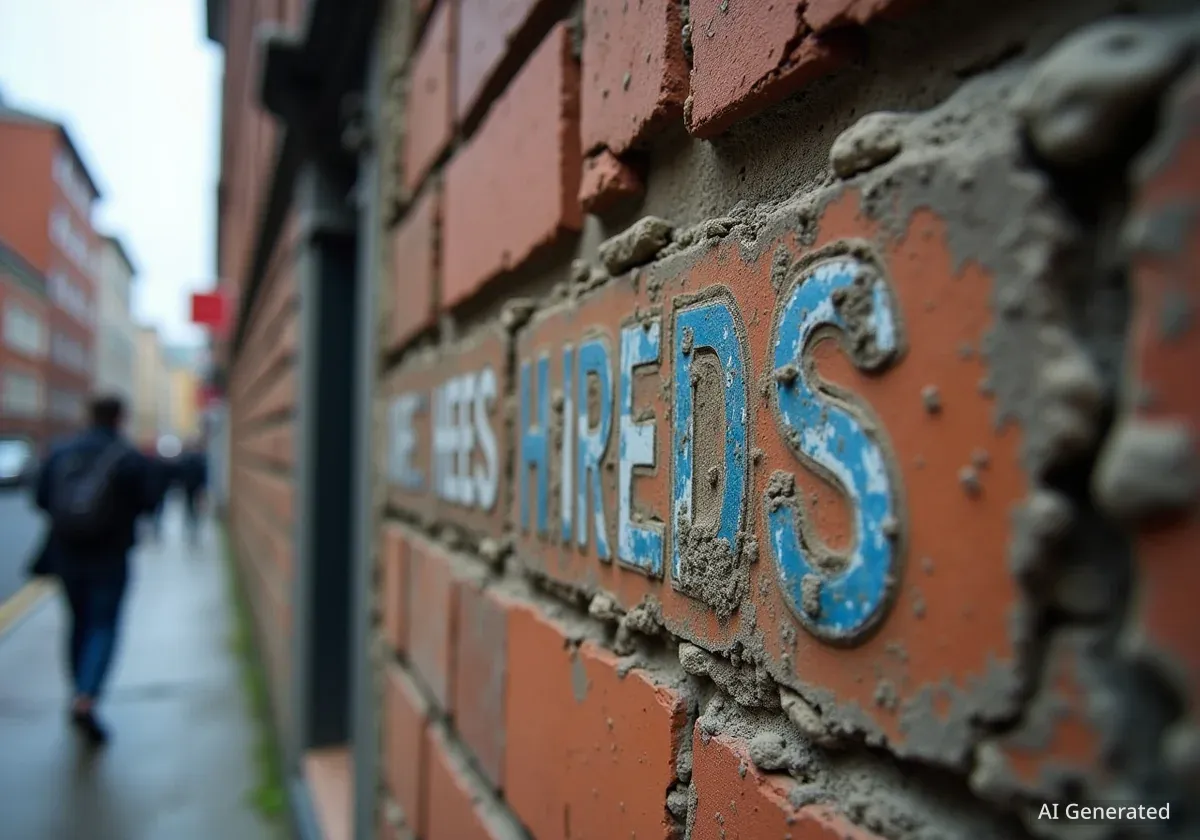A collection of historical photographs from the Mirrorpix archive offers a unique window into Liverpool's past, capturing the city's streets, landmarks, and daily life after dark. Spanning from the 1920s to the 1990s, these images document seven decades of change, from the glow of early streetlights and festive decorations to the quiet of snow-covered roads and city-wide blackouts.
The collection showcases iconic locations such as the Pier Head, Church Street, and Bold Street, illustrating how the city's nocturnal landscape has transformed. These photographs preserve moments in time, showing both celebrated events like Bonfire Night and the simple, everyday scenes that defined generations of life in Liverpool.
Key Takeaways
- Archival photos document Liverpool at night from the 1920s to the 1990s.
- Images capture significant changes in street lighting, architecture, and public life.
- The collection features iconic city centre locations during festive seasons, severe weather, and everyday evenings.
- Photographs from the 1950s show unusual daytime blackouts in the city centre.
- The images serve as a visual record of Liverpool's social and urban history over 70 years.
The Early Glow: Liverpool from the 1920s to the 1950s
The earliest images in the collection transport us to a Liverpool defined by its maritime and civic identity. A photograph from December 1928 shows seamen unloading cargo at Princes Dock, with the iconic Liver Building standing prominently in the background. This scene highlights the city's status as a bustling global port, operating around the clock.
By the 1930s, the focus shifts to the city's architectural elegance. An exterior view of the famous Adelphi Hotel, taken on May 28, 1934, captures the grandeur of the building at night. A year later, in 1935, another image shows the monument in St John's Gardens beautifully floodlit, a testament to civic pride. That same year, the Palm House in Sefton Park was photographed illuminated, showcasing its intricate glass structure against the dark sky.
The evolution of urban infrastructure is also documented. A photo from February 10, 1938, records the installation of new street lighting in the city centre, a significant step in modernising Liverpool's streets for nighttime activity.
An Unusual Darkness
The 1950s introduced a different kind of nighttime scene. Photographs from January 22, 1957, show the Three Graces at the Pier Head—the Liver Building, Port of Liverpool Building, and Cunard Building—all lit up. However, other images from this period capture moments of complete darkness during the day.
One photo from August 11, 1957, shows Whitechapel at 1:30 pm during a half-hour blackout. Another from November 29, 1958, captures a similar scene at 11:15 am. These images, taken from the roof of the Liverpool Echo offices, present a stark and unusual view of the city centre brought to a standstill.
The Festive City: Liverpool in the 1960s
The 1960s emerge in the archive as a decade of vibrant festive spirit and challenging weather. The annual Christmas lights displays on Bold Street and Church Street became a significant feature of city life, and the collection includes numerous photographs of these decorations.
The Tradition of Christmas Lights
Annual Christmas light displays became a major attraction in Liverpool's city centre following World War II. They drew shoppers from across the region, boosting the local economy and creating a festive atmosphere that became a cherished tradition for many families.
Images from Bold Street in December 1959, November 1961, and November 1962 show the evolution of the designs. Similarly, Church Street is captured in its festive glory in November 1963, November 1964, and December 1968. These photos not only document the changing styles of decorations but also the bustling crowds of shoppers they attracted.
Life Beyond the Holidays
The 1960s were not just about Christmas. A photograph from October 21, 1961, shows traffic outside the Queensway Tunnel entrance after 7 pm, a snapshot of the city's growing reliance on road transport. Another image, dated November 1, 1966, shows newly operational street lighting on St Oswalds Street in Old Swan, illustrating the continued expansion of modern infrastructure into residential areas.
The decade also saw its share of extreme weather. A striking photo from March 4, 1965, shows Church Street almost deserted during a blizzard. Grit lorries are pictured on the same street on February 5, 1968, as they begin their all-night task to keep the city moving during another cold snap. That same night, a bleak scene was captured at the Pier Head as snow took hold.
Bonfires and Beacons: The 1970s to the 1990s
As the collection moves into the later decades, the focus shifts towards community celebrations and the changing skyline. Bonfire Night became a prominent subject for photographers capturing Liverpool after dark.
One image from November 5, 1979, shows young revellers enjoying a bonfire at Myrtle Gardens. The tradition continued strongly into the next decade, with photos from November 5, 1985, capturing both a large bonfire and the fireworks that illuminated the night sky above the city.
A Changing Skyline
The construction of St John's Beacon, completed in 1969, dramatically altered Liverpool's skyline. Standing at 138 meters (453 feet), it quickly became one of the city's most recognizable modern landmarks, offering panoramic views and broadcasting radio services.
A spectacular fireworks display over Everton Park on November 5, 1990, is also featured, with the Edinburgh Tower framed by the colourful explosions. These images capture the communal spirit of Guy Fawkes Night, a tradition celebrated across the city's neighbourhoods for generations.
Landmarks Old and New
The final images in the collection highlight both enduring and new landmarks. A photograph of St John's Beacon, taken on September 28, 1994, shows the iconic structure lit up against the night. The tower, a symbol of modern Liverpool, stands in contrast to the more historic scenes captured in earlier decades.
These later photographs serve as a reminder of the city's constant evolution. While the buildings and streetscapes have changed, the archival images show that the life of the city after dark—whether for work, celebration, or simply travelling home—has always been a vital part of Liverpool's story.
The collection as a whole provides a powerful visual narrative of Liverpool's journey through the 20th century, seen through the unique lens of its nighttime hours. Each photograph is a frozen moment, preserving the atmosphere of a bygone era for future generations to explore.





